Closer to the customer! Faster to market! Better aligned! Less waste! More results! Better quality! More motivated employees!
With the organization of entire companies according to their products or business units and the new resurgence of value streams, new questions arise. Because a closer look reveals that what seems so obvious is not so easy to implement. Or have you ever come across value creation?
In this article, I would like to give you a few ideas as to why these considerations are fundamentally appropriate and what should be taken into account. By no means complete and only correct as far as experience confirms. And, of course, to question them critically, if only to recognize a wink at one point or another. Buckle up and switch on is the motto.
Why is organizing according to "value streams" an issue at all?
Beware, this is a long arc. The provision of the first industrial goods was largely about fulfilling basic human needs. Security, food, warmth. Despite all the criticism of Maslow's model1 it explains aspects of economic development in Germany and similarly economically developed countries over almost 200 years very well. Basic needs are most comparable worldwide, but whether the highest goal is always self-realization is something that all kinds of people scratch their heads over. 2
However, it is clear that the differentiation of products increases if they are to address more than basic needs. High-margin products are no longer the same as they were in 1950; they have evolved. And it is precisely this further development that is becoming increasingly knowledge-intensive. More precisely: knowledge drives value creation. As a result, the relationship between development and production is shifting.
We trust in god, all others bring data.
What is NASA's motto should be good enough for us. That's why there are figures to support the argument that value creation is becoming more knowledge-intensive. Three diagrams illustrate this. The first shows the gross expenditure on research and development in a number of selected countries. The rising trend is clearly visible in all countries and the similar development in Germany, Switzerland and the USA. The development in China is interesting, as the change in the economy is clearly visible here.
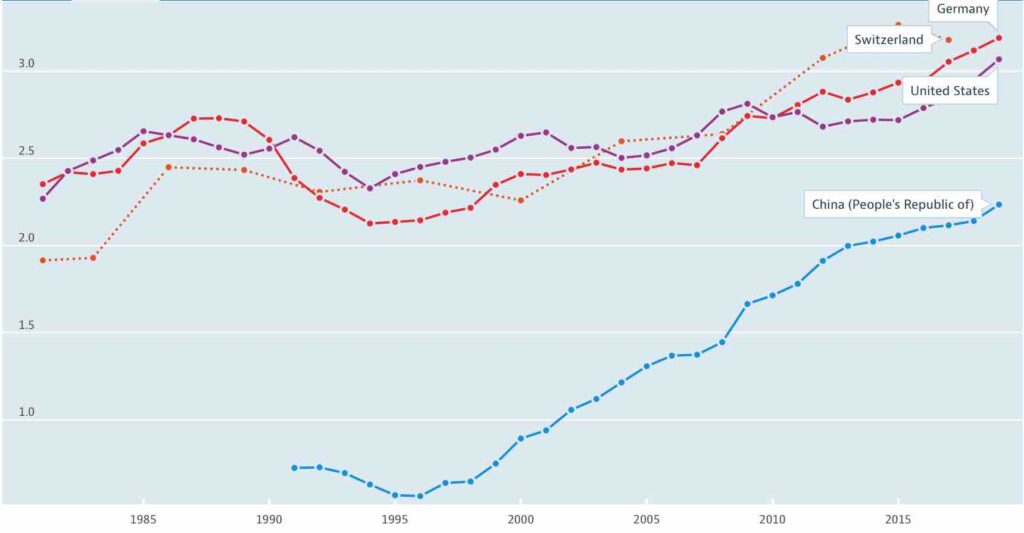
The second diagram shows the proportion of people driving this research and development. This means that not only expenditure on research and development is increasing, but also the number of people working in these fields. In Germany, there has even been an increase of over 50% in around 20 years! They have to work together somehow! We'll come back to that in a moment.
Finally, the third diagram shows the development of the so-called tertiary sector (services) and the gross domestic product (GDP) per capita. As can be seen: An increasing share of services generally goes hand in hand with rising GDP per capita. So not only is more money spent on it and more people work in it, it also has an impact on (national) value added.* Unfortunately, there was no Switzerland to choose from.
The focus on products is therefore becoming more important because value creation is becoming more knowledge-intensive. This shifts the relationship between development and production. And because development plays a greater role in value creation, it makes sense to align the organization with this development.
What does more knowledge-intensive mean?
No matter where we look, we always find examples in which value creation in companies develops because someone has put some brains into it. Rarely on their own, usually in groups.
It is almost impossible to find examples of value creation without brains. Maybe for weightlifters. Although they do have clever training plans. The term "brains" does not tend to be found in specialist literature and scientific publications, but intelligence always works. The following graphic shows that intelligence in a company is used to further develop processes (how services are provided) and products (what is provided). This graphic also makes it clear that production itself is becoming more knowledge-intensive; improvements are based on the current level of knowledge and require new impetus for further development.
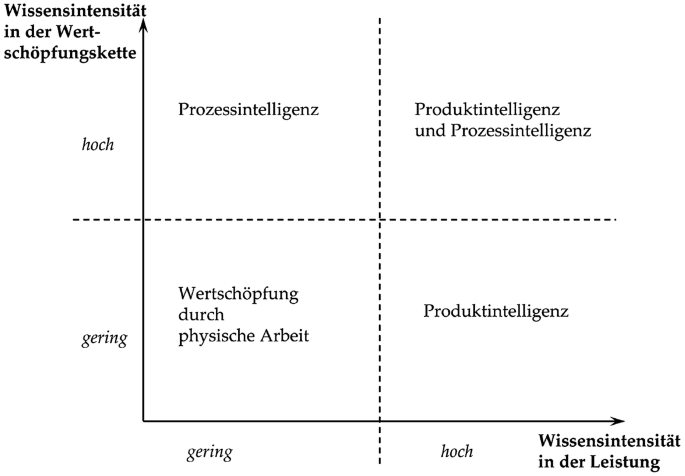
So if value creation becomes more knowledge-intensive, then companies should also be aligned with their knowledge intensity.
So does this mean that the organization should be aligned with the products?
The graphic is an indication that the organization by product or along its value chain is too short-sighted.
A company that positions itself strictly according to its products (or product families) reduces the chance of utilizing process intelligence. Many products have things in common, from development to use by the customer. A full-service bank offers account services, custody account management and loans, and sometimes the customer is one and the same person.
A company that focuses strictly on its production reduces the chance of utilizing product intelligence. If expertise is focused on providing existing products more efficiently, the chance of coming up with crazy ideas and new products decreases.
One idea in this context is ambidextrous organizations, which can do both.** In a technical context, the modularity of cars is exciting. On a technical basis, individual elements can be added, the engine train, the battery size, the body and, more recently, software in individual modules.*** To a certain extent, this is where production intelligence and product intelligence join hands. The individual components can be recombined to create a multitude of individual configurations. In this way, batch size 1 - each product is unique - is compatible with the economic efficiency of large numbers. Incidentally, this is also an argument for developing in increments.
Looking into the books educates.
Organizing along the value chain therefore appears to be a good approach. Unfortunately, it is not as easy to recognize as a production line. Especially not in these knowledge-intensive times.
Fortunately, there is historical experience that we can use. Suddenly, the old production experts are becoming interesting again. Because what applies to value creation in production (production intelligence) can, in principle, be transferred to value creation in product development (product intelligence). So just rehabilitate the lean expert, dust off the value stream mapping books and hold a workshop. It's not quite that easy and is certainly one of the biggest entrepreneurial challenges we face as consultants.
Looking at the books is also interesting from a second perspective. Contribution margin accounting provides indicators for the value streams: Which services are directly necessary, which services are indirectly relevant and which are added generically? The cash flow is a tool for identifying value streams and becomes relevant again at the latest when an organization aligned to value streams talks about budgeting.
The curse of the present and the antidote
There is a curse in all analyses; they paint a picture of yesterday and, at best, today. Further development makes new organization necessary. The curse lies in the dominance of the past over the future when companies position themselves as their value creation suggests today.
Aligning the organization with the value stream of today can close the door to the organization of tomorrow. Today's value stream is tomorrow's silo.
Tomorrow's world is not tomorrow's world, today's products do not always remain tomorrow's products. Innovations are - by definition - always new. The organization after value creation must leave room for ideas if the company is to exist tomorrow. Innovation must be able to emerge, including major, ground-breaking inventions and not just the next evolution of existing solutions.
To achieve this, the organization must leave room for ideas and initiatives along the value chain. With Lean Startup, Eric Ries has presented an idea of how new ideas can be promoted in large companies:
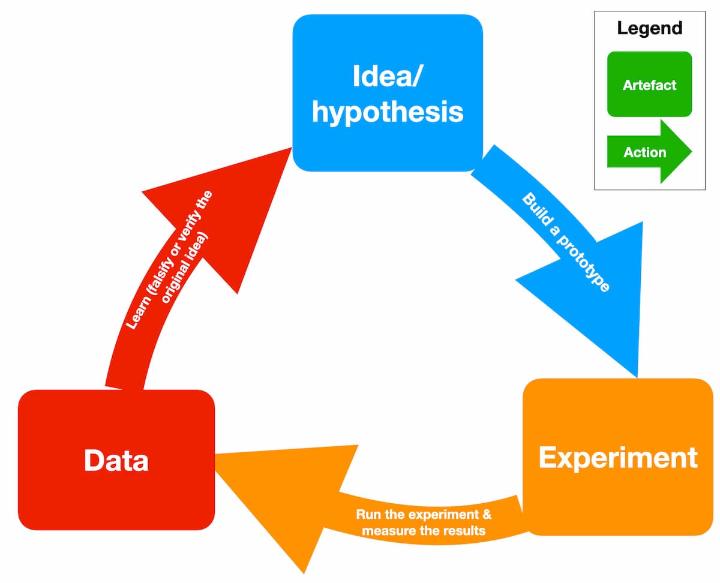
The crucial thing is that these new ideas are given space, time and money in existing organizations and in the new value streams.
The product and the added value are two different things
It is all too tempting to think that organizing according to value streams is the same as organizing according to products.


The Scaled Agile Framework (SAFe) also gives this impression. And it would be so easy: simply take all existing company divisions and distribute them to the existing products. But we now know better: value creation does not only follow these products, knowledge can also contribute value in other ways. The knowledge intensity matrix is our friend.
In addition, the external perception of products does not necessarily have to correspond to the company's internal provision. One example is provided by a client that we supported. This client develops apps for a number of large companies. The product definition is not so easy. Is every single app a product? Does a customer correspond to a value stream? Are types of apps an indicator for the value streams? Or are types of services an indicator for the value streams?
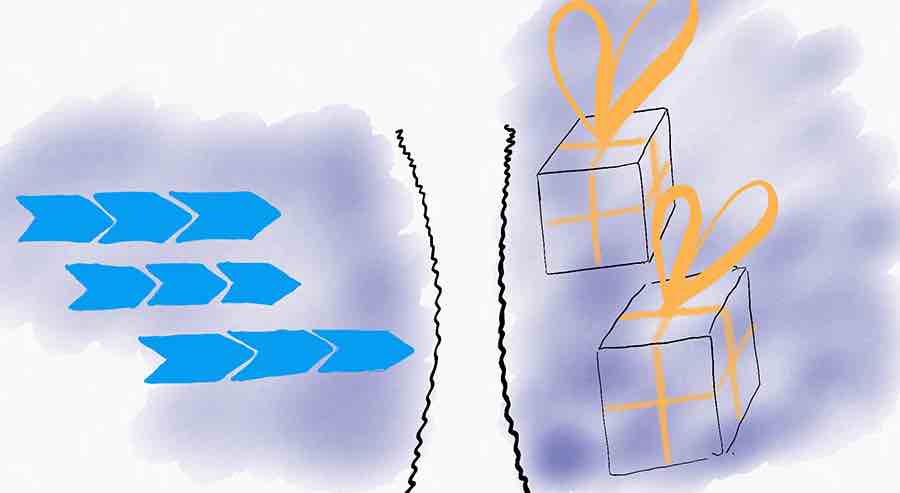
The answer is a bit of everything. The picture shows that the external view and the organization are two different things. What the customer perceives as a product (right) does not necessarily correspond to value creation (left).
Finally, an interim conclusion
Above all, it is therefore important to identify value streams according to the situation. In other words, company- and time-specific and then with the idea that tomorrow will look different from today. And that the company, in this example the app house, wants to actively shape this future with its own strategy.
And now?
That was a lot of text and in many places I have edited, shortened and repeatedly deleted paragraphs because they might have gone into too much depth. I would like to invite you to think along with me. So I ask you: And now? Based on this article, what would you like to know in more depth and explained?
We are giving away a copy of the book Lean Startup by Eric Ries among all entries here on the blog!
References
- Abulof, Uriel (2017-12-01). "Introduction: Why We Need Maslow in the Twenty-First Century". Society. 54 (6): 508-509. doi:10.1007/s12115-017-0198-6. ISSN 0147-2011
- Tay, L.; Diener, E. (2011). "Needs and subjective well-being around the world". Journal of Personality and Social Psychology. 101 (2): 354-365. doi:10.1037/a0023779. PMID 21688922
- https://en.wikipedia.org/wiki/Maslow%27s_hierarchy_of_needs
- OECD (2022), Gross domestic spending on R&D (indicator). doi: 10.1787/d8b068b4-en (Accessed on 19 February 2022)
https://data.oecd.org/rd/gross-domestic-spending-on-r-d.htm - https://ourworldindata.org/search?q=r%26d
- https://ourworldindata.org/grapher/gdp-vs-services-gdp?xScale=linear&minPopulationFilter=1000000&time=1801..2016&country=USA~DEU~CHN
- North, Klaus: Knowledge-oriented corporate management. Value creation through knowledge. 5th edition. Gabler: Wiesbaden 2011.
Taken from https://www.enzyklopaedie-der-wirtschaftsinformatik.de/lexikon/daten-wissen/Wissensmanagement/Wissen/Wissensintensitat - https://en.wikipedia.org/wiki/Lean_startup
- https://www.scaledagileframework.com/operational-value-streams/
* The USD values are standardized to 2015 (US dollar purchasing power parity 2015).
**https://hbr.org/2004/04/the-ambidextrous-organization
*** Tesla's short-term over-the-air unlocking of the large battery range of Tesla owners threatened by Hurricane Irma in Florida provides a vivid anecdote. (https://www.theverge.com/2017/9/10/16283330/tesla-hurricane-irma-update-florida-extend-range-model-s-x-60-60d)

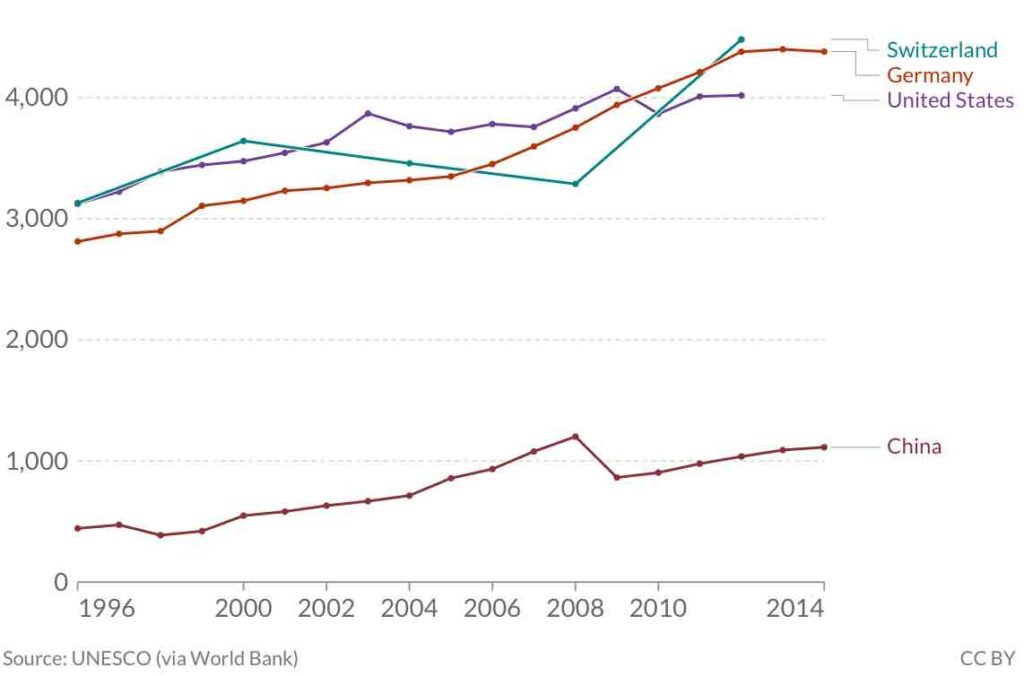
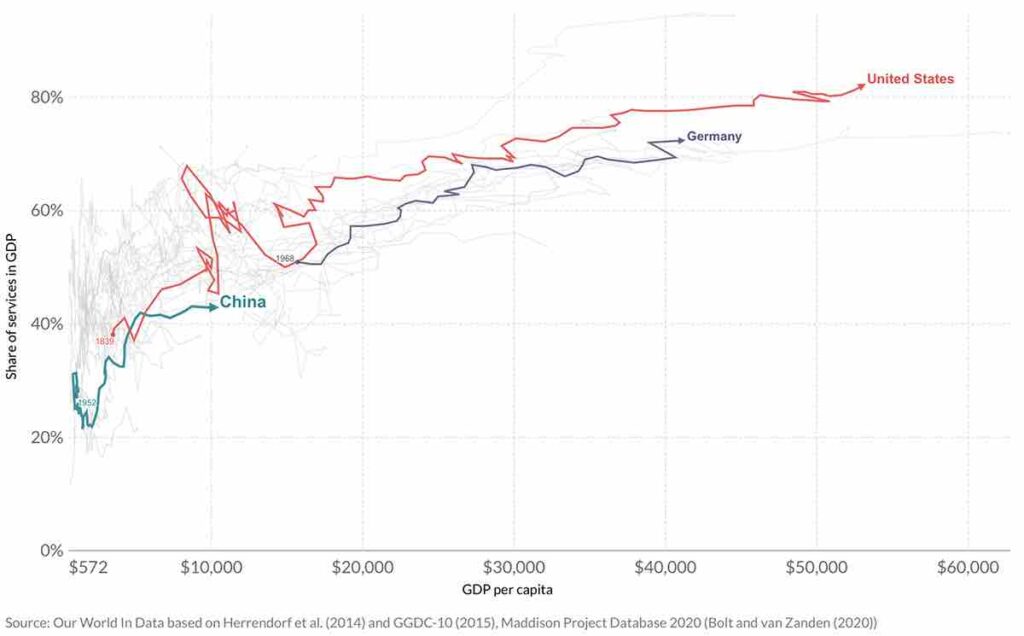
Comments
Write a comment